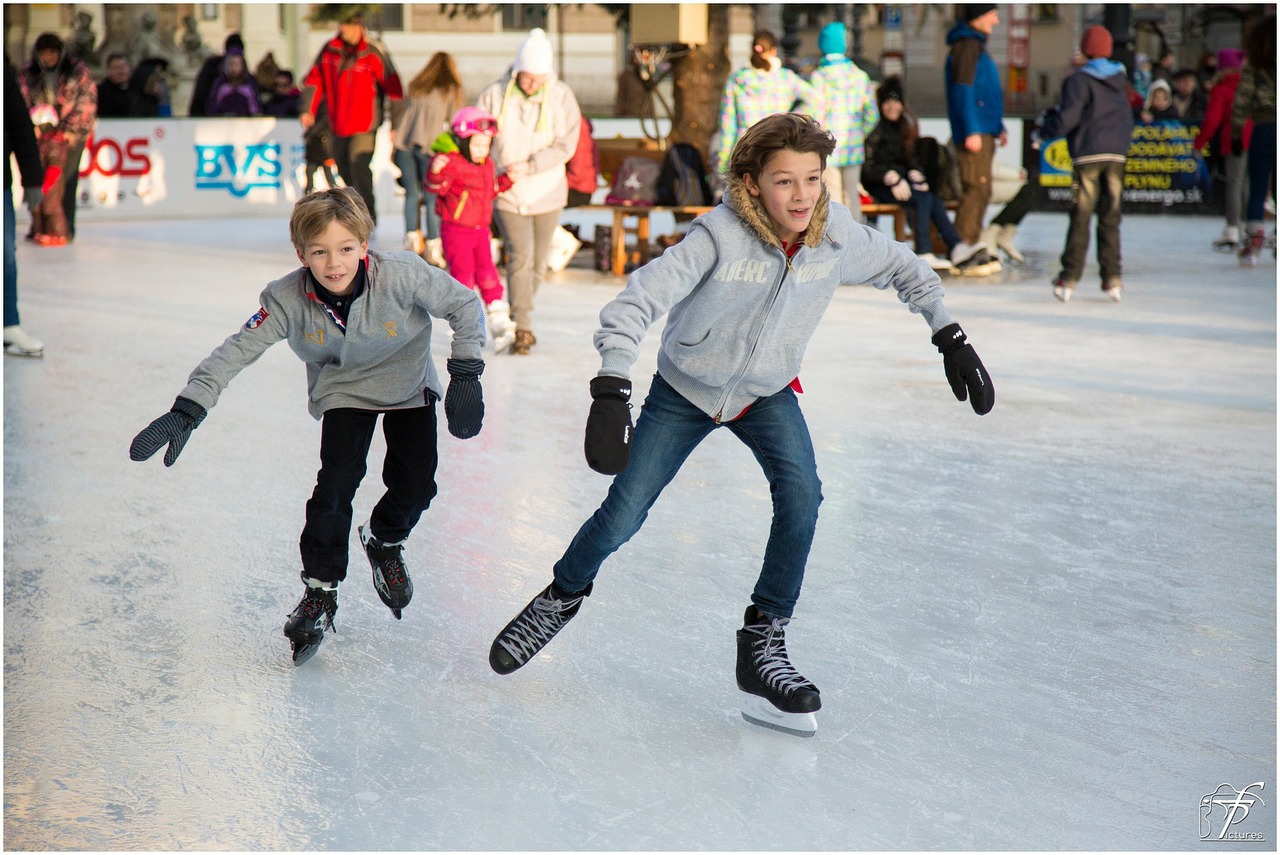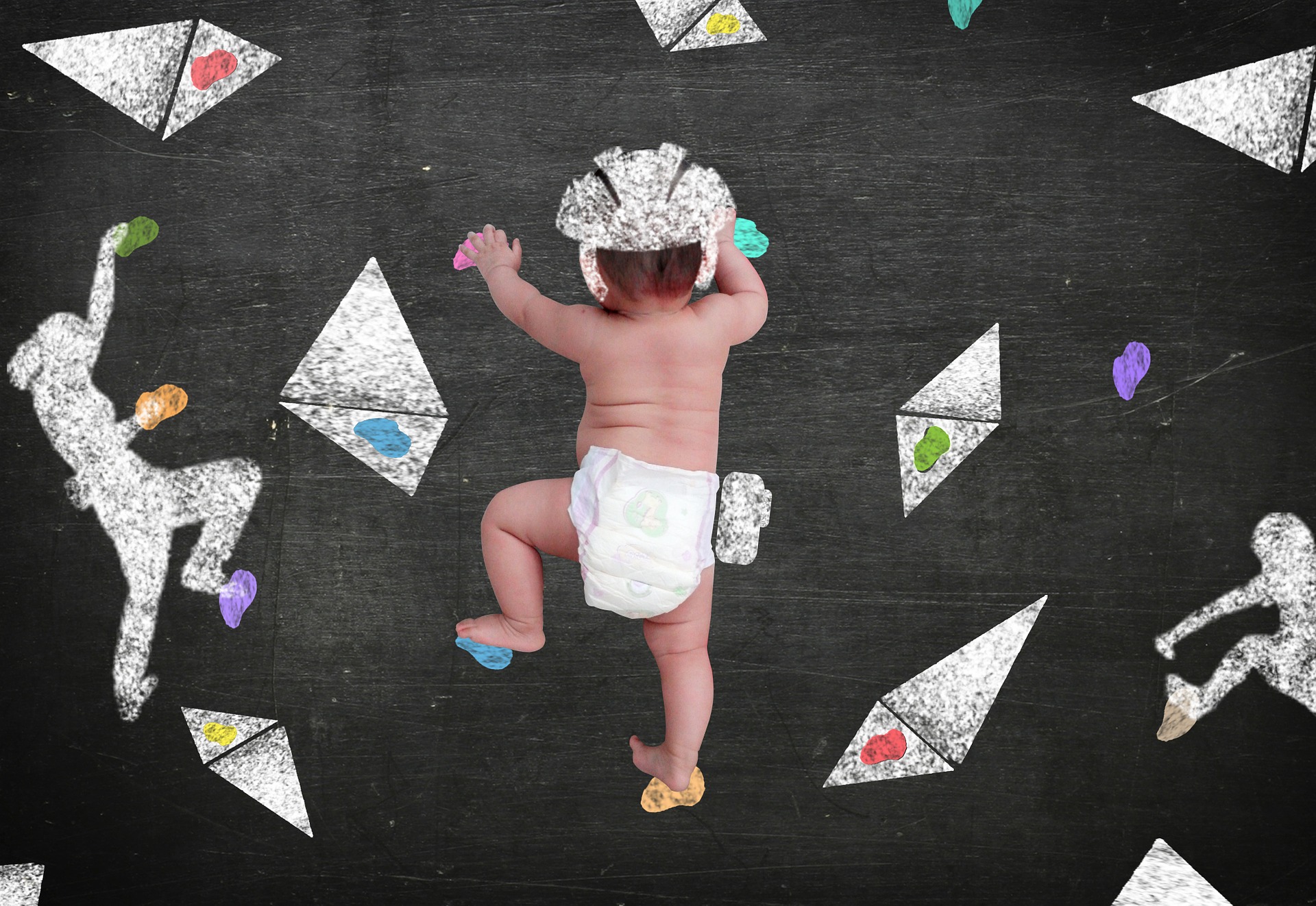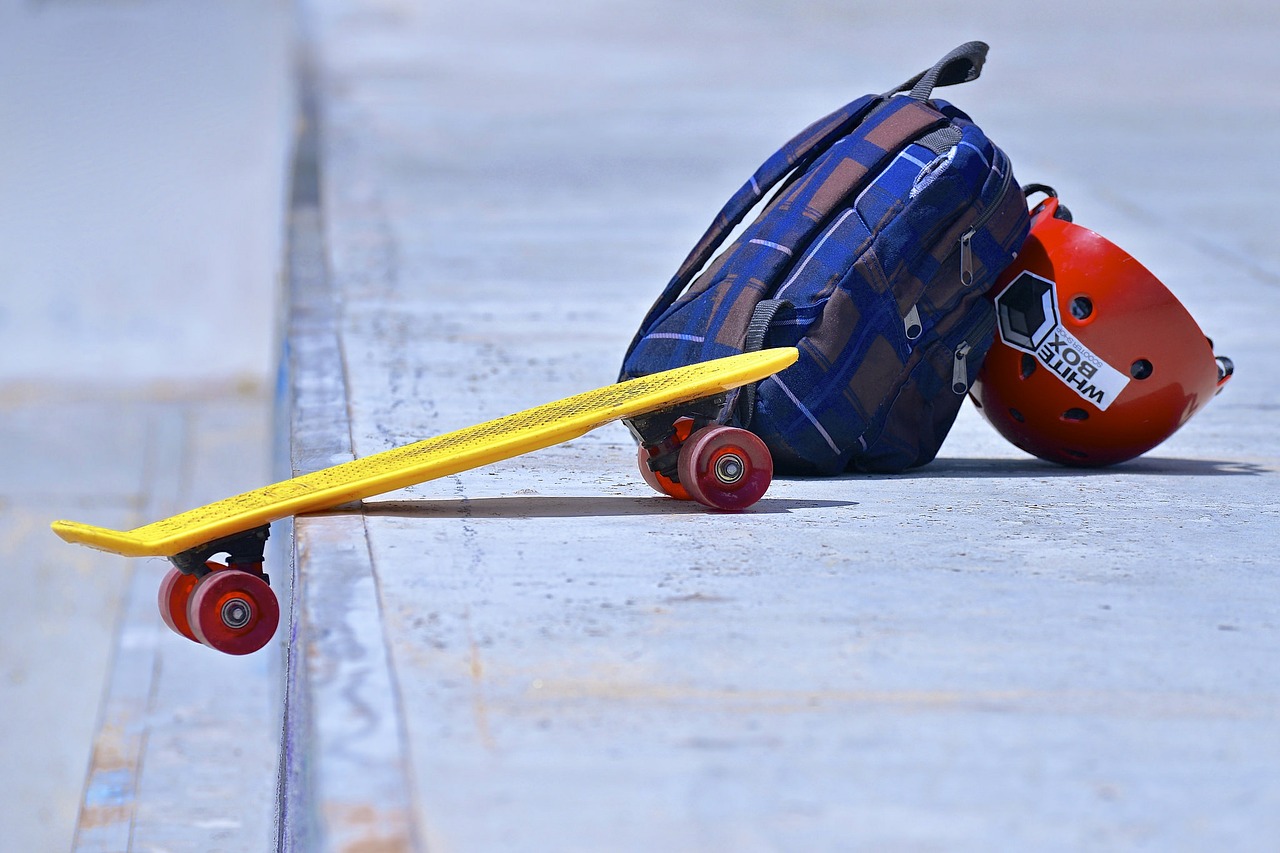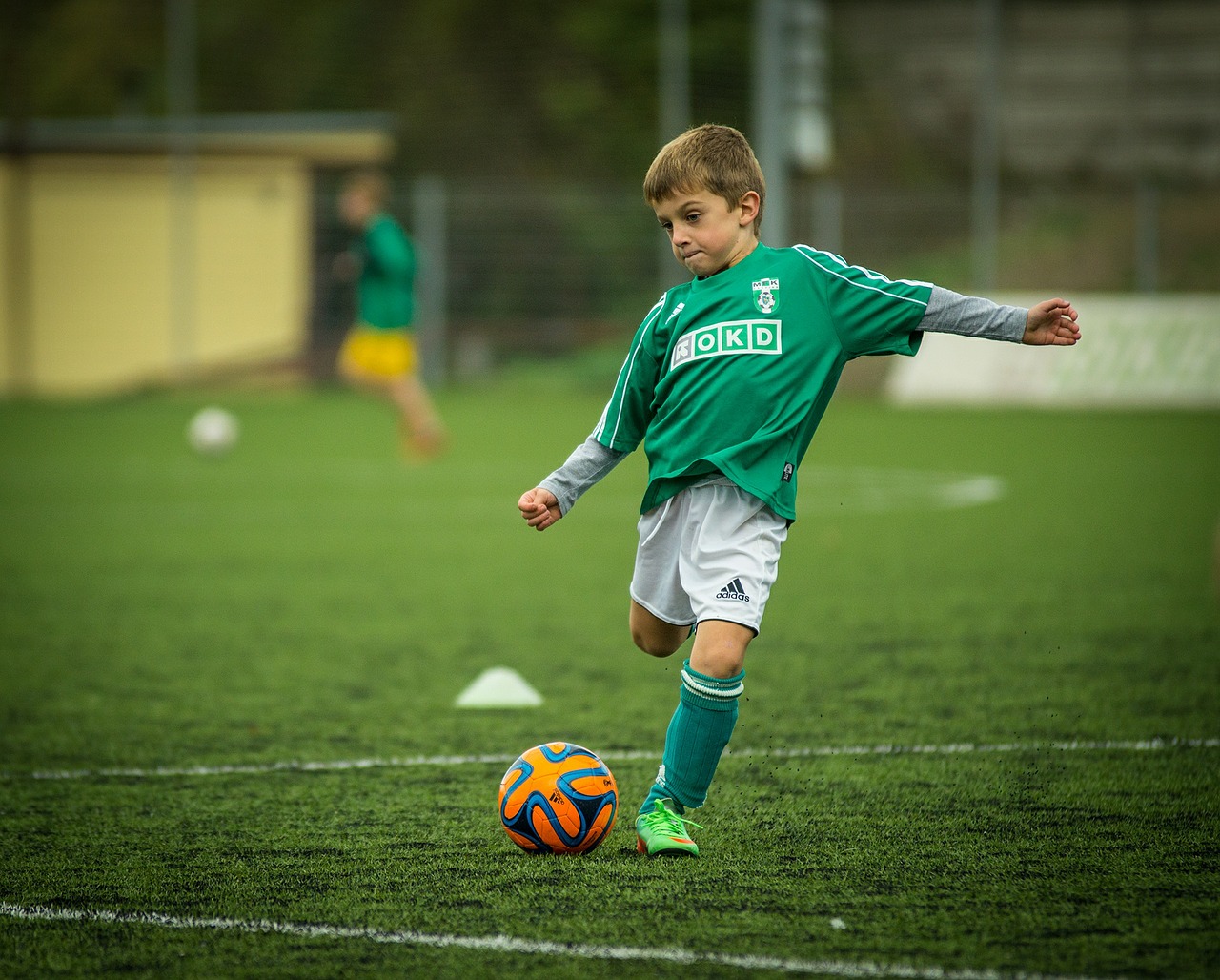Sporty children live more happily
 Sport is a non-violent way to deal with wins and losses, to learn discipline, co-operation skills and healthy competitiveness. At the same time, all of these skills are stored in the brain as a specific program of behaviour, and they are going to start automatically in a stress situation.
Sport is a non-violent way to deal with wins and losses, to learn discipline, co-operation skills and healthy competitiveness. At the same time, all of these skills are stored in the brain as a specific program of behaviour, and they are going to start automatically in a stress situation.
“Given the fact that the correct habit is related to brain development, it is essential to start with sports in a very young age, not later than when the child is seven years old. If you miss the best time to start, you can never make up for it. Such people never react automatically in a stress situation. They keep learning to react the proper way all their life,” says Filip Brodan, Balance Management director.
These conclusions are based on an analysis of psychological profile of 72,340 people whose answers have been processed in the course of several years. The analysis was performed through individual questioning with the assistance of a psychologist or a properly trained employee.
Relationship to sport needs to be built within the first seven years
 Children who have not been led to sport and movement often end up being obese neurotics when they reach adulthood. “It is necessary to build the basis for later relationship to sport and movement no later than in the first seven years of age. At this age, it is the baby’s own family, who is the determining role model. If parents spend most of their free time passively watching television or in shopping centres, they can’t expect their children to become another Jaromír Jágr,” explains Filip Brodan.
Children who have not been led to sport and movement often end up being obese neurotics when they reach adulthood. “It is necessary to build the basis for later relationship to sport and movement no later than in the first seven years of age. At this age, it is the baby’s own family, who is the determining role model. If parents spend most of their free time passively watching television or in shopping centres, they can’t expect their children to become another Jaromír Jágr,” explains Filip Brodan.
Preschoolers do not need to spend several hours every day practising sports but it is necessary for them to do some sort of sports activity with their parents. With children up to four years of age, it is enough to take them for walks and ride a training bike. With older progeny you can go on a bike trip, swim, skate or ski.
“When they reach seven years of age, children start to emancipate from the influence of family and they begin to find their own way to sports. Before they are ten, children realize if they prefer group or individual sports,” says Filip Brodan. At this time it is appropriate to reduce kinetic activities to a few sports which the little athletes are going to devote themselves to in the future.
“No later than when they are ten to thirteen years of age, their preconditions for sports are formed in the brain by 40 per cent and this psychological settings can never be changed later on,” warns Filip Brodan. It’s the time when you and the child should select one or two sports so that the child can fully dedicate itself to them. The period from thirteen to seventeen years of age is associated with desire to achieve great success in sport and at the same time it is the time of natural profiling of leaders.
Athletes are significantly more resistant to stress than slackers
The skill of adaptability is a great advantage in work and personal life. People who can accept changes and adapt to them without getting too stressed are happier, more successful and healthier. The best remedy for stress is sport.
The analysis shows that there is a demonstrable link between movement and the ability to adapt. “Athletes are more adaptable and suffer less from stress habits compared with people who do not do sports. These habits include overeating, smoking, excessive alcohol consumption or watching TV,” adds Filip Brodan.
You do not have to run ten miles every day in order to keep increased resistance to stress. In case of adaptability, the famous proverb works once again: “What you learn when you´re young, you’ll find useful when you get old.” In other words – doing sports in young age is enough for the brain to learn to react to stress in the desirable way once and for all.
Sporting crisis that makes most sportspeople stop doing sports comes between 17 and 19 years of age
 When young people reach 17-19 years of age, they enter the most problematic age for doing sports. “For the first time in life young athletes experience feelings of energy loss and they must search for other goals, which will make them keep doing sports. Therefore, up to half of them will stop doing sports regardless of their talent and achievements,” says Filip Brodan. During this period, it will definitely be revealed whether doing sports becomes the main purpose of life of the individual, or not – that is, whether or not the person is going to do sports professionally or just in their free time.
When young people reach 17-19 years of age, they enter the most problematic age for doing sports. “For the first time in life young athletes experience feelings of energy loss and they must search for other goals, which will make them keep doing sports. Therefore, up to half of them will stop doing sports regardless of their talent and achievements,” says Filip Brodan. During this period, it will definitely be revealed whether doing sports becomes the main purpose of life of the individual, or not – that is, whether or not the person is going to do sports professionally or just in their free time.
On the other hand in the age of 26 to 35, some athletes will have overcome the crisis and do sports professionally. It becomes their best time of life. At this time, they can make use of their performance in the best possible way as they can capitalize on the accumulated experience. After 36th year of age, from the psychological point of view, the athlete is not able to learn anything new, and if they want to continue doing sports, it is more appropriate for them to coach younger generation.
Team sports are good for boys and individual sports for girls
The analysis has also reached interesting findings, which concern differences between men and women – it also works in sport. “Men from twelve years of age far more significantly focus on performance and focus on one sport. On the other hand women up to 25 years of age like diversity. It suits them better to do several sports at the same time, which will paradoxically ensure performance in one sport,” Filip Brodan explains.
This fact further illuminates why sports with collective performance such as hockey, football or basketball, are largely the realm of men. This phenomenon applies not only to the Czech Republic, but worldwide. “Women are more likely to assert themselves in individual sports, such as tennis, athletics or skiing,” Filip Brodan concludes.

